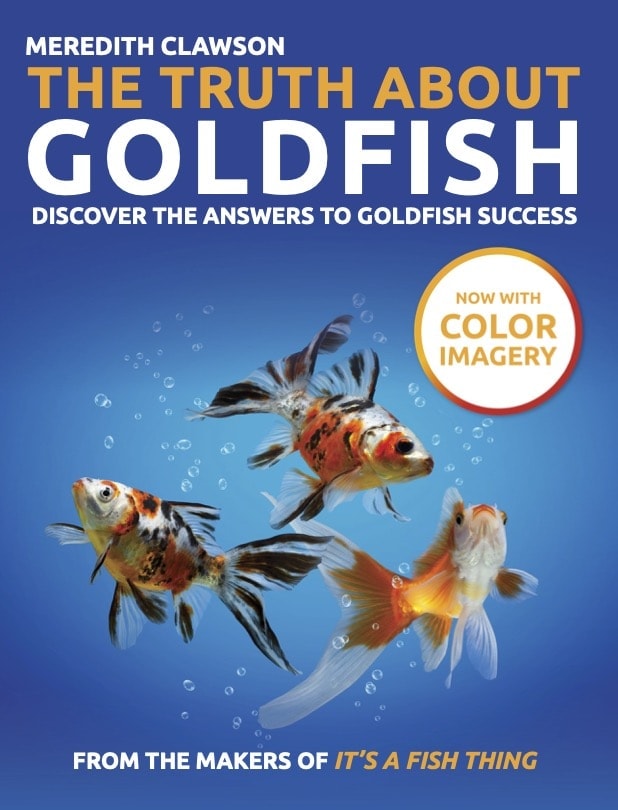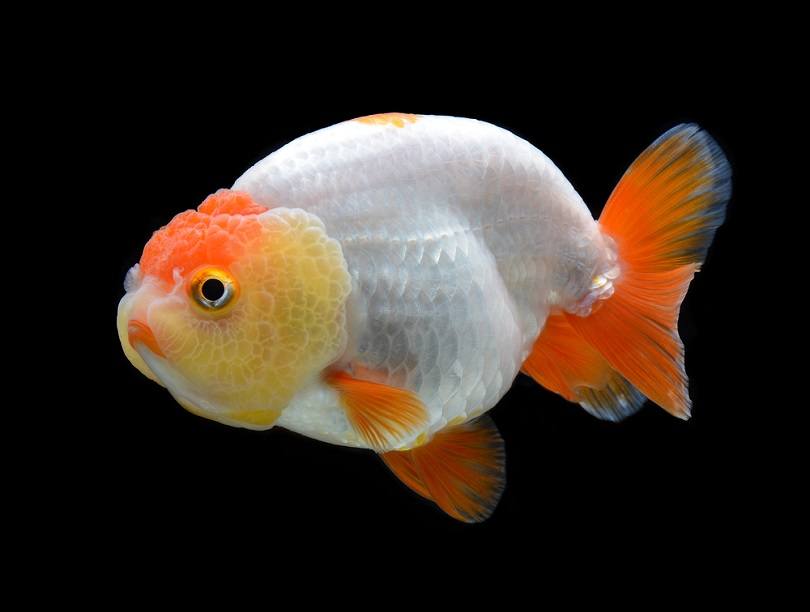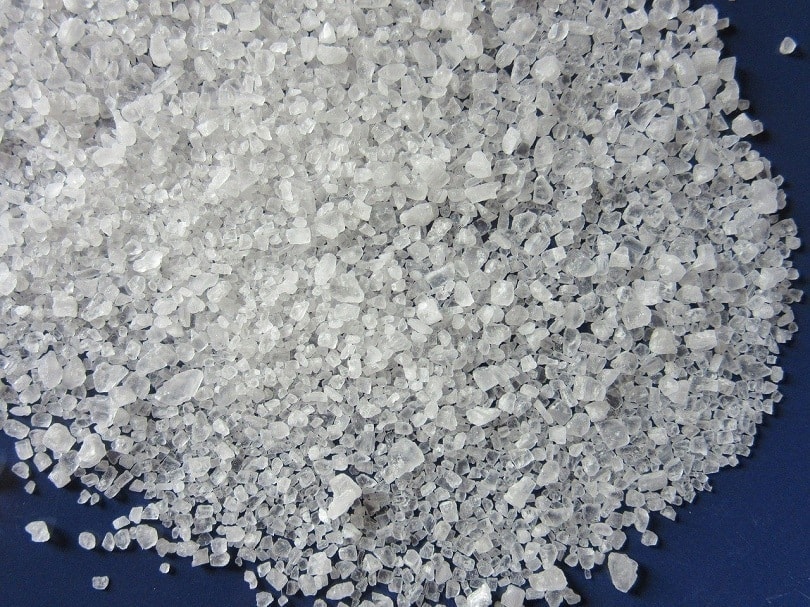Why Is My Goldfish Dead? 6 Common Reasons

Updated on
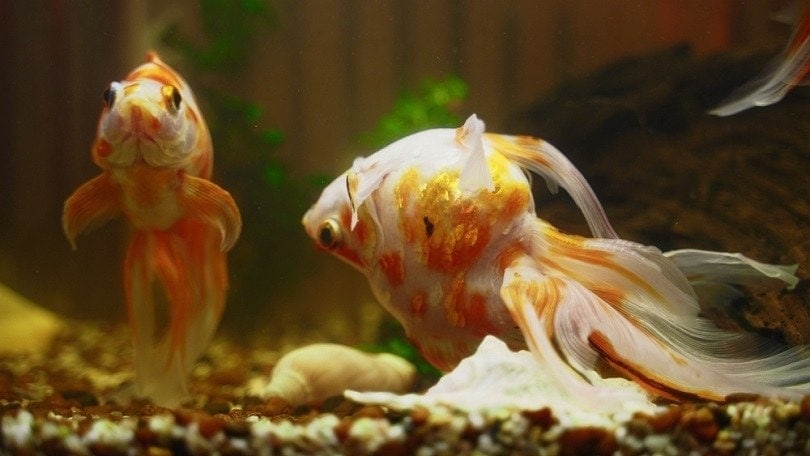
Just a quick plug for goldfish before we get into this: They have a reputation for being short-lived and dying easily. I feel like they really don’t deserve this reputation.
Of all the kinds of pet fish, goldfish (specifically, the slim-bodied varieties like Commons or Comets) are some of the most—if not THE most—hardy fish you can keep.
The conditions that will bring a perfectly healthy goldfish to death overnight will probably kill ANY other fish just as quickly or even more quickly, hands-down.
And the problem is not always the conditions (the responsibility of the owner). Sometimes the reasons people struggle with keeping them alive are not because the species itself is fragile, but often because the fish itself was compromised from the first day they brought it home.
This leads to frustration and many people leaving the hobby feeling guilty for something that really wasn’t their fault.
On the other hand: Most fancy goldfish have been heavily hybridized with egg-shaped bodies and exaggerated finnage that make them prone to various problems like swim bladder disorder.
If you are just starting out, going with one of these breeds is probably not going to be as easy for you. But let’s get into it!
The 6 Common Reasons Goldfish Die
Here are the top reasons your goldfish may have died. Most of these are quick killers that strike in the first few weeks of getting the new fish.
Others can take months before they finally wear away at the fish to the point where they just can’t go anymore.
Also: If you are wondering what to do now that you have a dead fish on your hands, you might find the article below useful:
1. Poor water quality
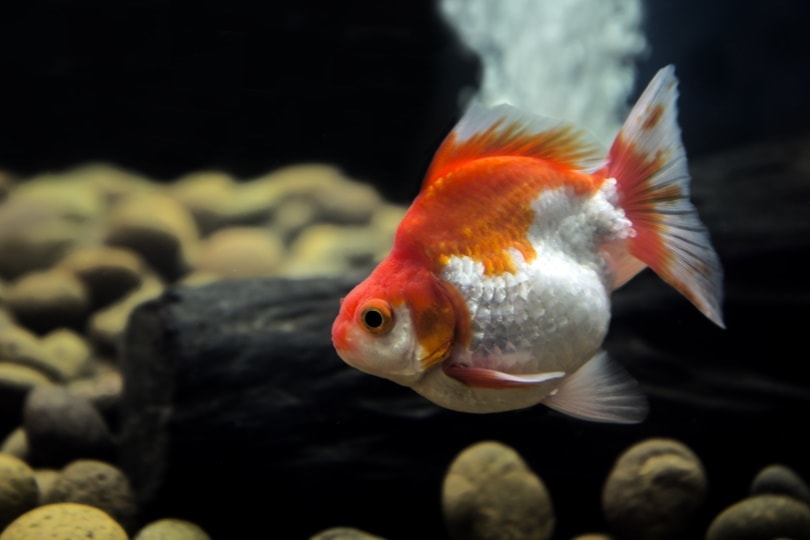
Without a doubt, the number one killer of goldfish is poor water quality. See, goldfish need their water parameters to be within a certain range.
When you first add fish the water is usually just fine, but once you start feeding and the fish starts producing waste, ammonia starts building up.
In an established aquarium with a cycled filter, bacteria keep the ammonia levels from rising.
But in a new tank… There’s nothing in there to stop it. And in older tanks, the lack of a filter and going too long between water changes can cause surges too.
Ammonia is SUPER toxic.
It burns the fish (often causing black smudges), damages gills and causes the fins to look streaked with blood. The fish may die slowly or suddenly, depending on how strong it is.
The worst part? You can’t see it or smell it. The only way to know for sure if your water has ammonia in it is to test the water.
Now: Ammonia isn’t the only goldfish killer. Nitrite or a pH crash are other water quality problems that can do your fish in very quickly too.
To avoid problems with toxic water within the first several weeks of getting your new fish, cycling your tank first is a very good idea.
If you need help getting the water quality in your aquarium just right for your goldfish family, or just want to learn more on the subject (and more!), we recommend that you check out our best-selling book, The Truth About Goldfish.
It covers everything from water conditioners to nitrates/nitrites to tank maintenance and full access to our essential fishkeeping medicine cabinet!
2. Fish TB
A close second to poor water quality, one study found that 63% of fish with unexplained deaths were infected with this bacteria (source). Many times the hobbyist blames themselves, but this is not their fault. It’s a rampant problem in pet stores.
Feeder fish who have been in extremely stressed, cramped conditions are extreme candidates—and vectors—for this disease. Symptoms of this disease often are non-specific or mimic other conditions.
Because there is no medicine on the market, preventing this disease by acquiring fish from reputable breeders rather than pet shops can help you go a long way towards success.
Read More: Fish TB: The Secret Danger
3. Overfeeding
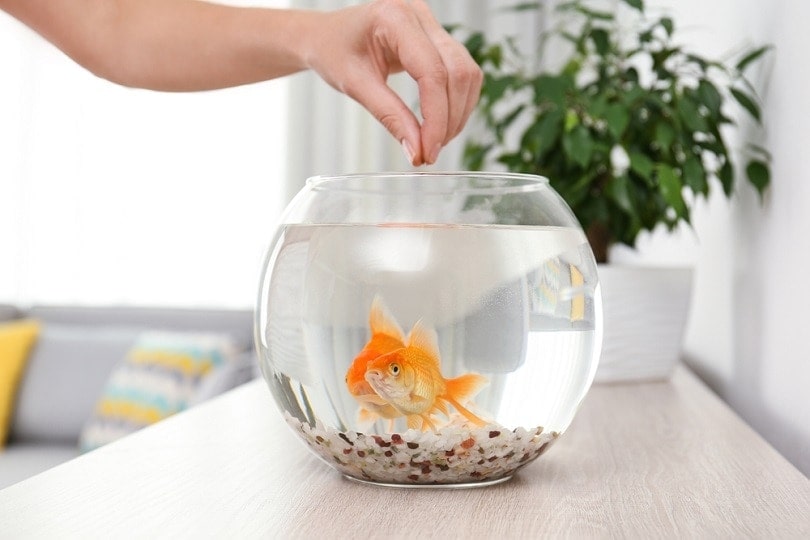
Overfeeding causes poor water quality.
Even if there isn’t any excess food left over after you are done feeding your fish, they still could have eaten more than they should have.
This leads to too much fish waste, which is especially dangerous the smaller the environment is.
The toxins from the waste can cause ammonia spikes which hurt the fish. The solution? Stick to a proper feeding routine.
4. Other Bacterial infection
While you may already understand the importance of good bacteria as it relates to your filter, bad bacteria are present in all aquariums, even healthy ones.
They hang around and wait for the fish to get stressed, sick, injured, or weak—and then they strike. Bacteria can cause external or internal infection.
Common ailments like fin rot, mouth rot, or ulcer disease are usually caused by external bacteria, whereas septicemia (bloody red veins in the tail) or dropsy can be from internal bacterial infection.
Many times, parasites are the underlying cause of a bacterial infection.
5. Parasitic infection
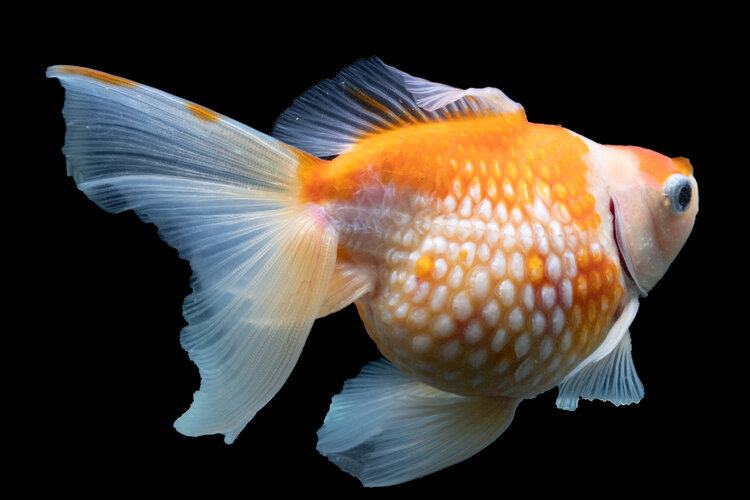
This is a big one. I feel like it often leads to a lot of confusion as to why a fish dies suddenly. MOST pet store fish come to you carrying parasites—internal and external. Some you can see, like ich or lice.
But many of the external ones are invisible to the naked eye. They cause stress to the fish over time as they damage their tissues by chewing away.
Many times the fish can take it without too much of a problem initially, but after several months go by the parasites have multiplied and the fish is too weak to keep resisting.
The good news? Even if your fish comes to you with bugs (which most do), you can treat them right away to get rid of them—BEFORE they become a problem—during quarantine.
But if your fish goes untreated, it’s usually only a matter of time before it succumbs.
6. Stress from Shipping
This is to be suspected if your fish died shortly within the first 12 hours of bringing it home.
Many times goldfish have been shipped around quite a bit and are totally wiped out by the time they reach the pet store.
The fish below had a difficult time during shipping (not all stressed fish will display this behavior).
They’ve also been exposed to toxins in the bag, then they are crowded in with lots of other fish—many of which are diseased.
A number of fish are usually dead before they ever get to the pet store just from all the shipping around.
Add to that any kind of parasite or bacterial infection and the fish probably doesn’t stand a chance.
The smaller the fish is, the more likely it can be to die from the stress.
The best you can do—and admittedly this is probably not something you can do much about—is to try to pick out a fish that looks as strong and healthy as possible before bringing it home.
Note: Fish that have been extremely stressed at the pet store, such as feeder goldfish, can go belly up suddenly without any warning. They’ve just been through too much.
Other Reasons a Goldfish Might Die
I’ve given you the top reasons that cause death in goldfish, but that’s not all. There are many other reasons a goldfish can die.
- pH crash
- Ammonia or nitrite surge
- Rock blockage in the mouth
- Temperature extremes
- Oxygen deprivation
- Medications
- Dirty water, built-up waste in filters or gravel
- Rancid food
- Toxic chemical contamination of the water
- Heart attack or stroke is a possibility if the fish stops in mid-swim
- Chlorine, chloramines, or heavy metals in the new water (due to lack of a proper water conditioner)
- Temperature shock (more than 2 degrees difference can cause stress or even death)
- A drastic change in pH of the water source from the tank
- Releasing hydrogen sulfide pockets in the gravel during maintenance
- A very large water change on a tank that had high nitrates
- More rarely, a sudden influx of contaminants in the water source can cause sudden death
How to Prevent Losing Another Goldfish
It can be sad and frustrating when you lose your goldfish. I know—I’ve been there. It took me many years to learn about all the mistakes I was making with my goldfish. One of the best reams of advice I was ever given on my goldfish keeping journey was “get yourself a good book on goldfish care.”
So I put together a list of the best books on goldfish, whether you are a total newbie or an advanced hobbyist.
Enjoy!
- Read More: 5 Goldfish Books to Read
Wrapping Up
Have you had trouble with your goldfish dying? Did this article help to shed some light? We hope our tips have helped!
Featured Image Credit to M-Production, Shutterstock


